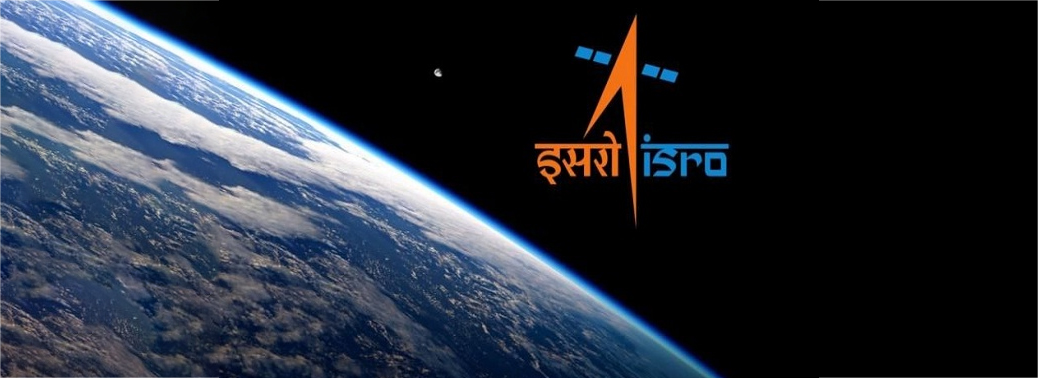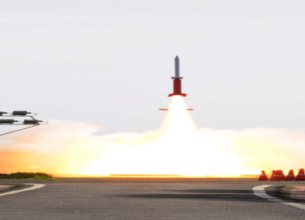PROJECT NETRA
28, Sep 2019

Prelims level : Science & Technology- Space Technology
Mains level : GS-III- Awareness in the fields of Space
Why in news?
- ISRO has initiated ‘Project NETRA’ – an early warning system in space to detect debris and other hazards to Indian satellites.
Project NETRA (Network for space object Tracking and Analysis):
- The project will give India its own capability in space situational awareness (SSA) like the other space powers — which is used to ‘predict’ threats from debris to Indian satellites.
- NETRA’s eventual goal is to capture the GEO, or geostationary orbit, scene at 36,000 km where communication satellites operate.
- The space agency says our SSA will first be for low-earth orbits or LEO which have remote-sensing spacecraft.
- Under NETRA the ISRO plans to put up many observational facilities: connected radars, telescopes; data processing units and a control centre.
- They can, among others, spot, track and catalogue objects as small as 10 cm, up to a range of 3,400 km and equal to a space orbit of around 2,000 km.
- The NETRA effort would make India a part of international efforts towards tracking, warning about and mitigating space debris.
What NETRA consists of?
- In the plans are a high-precision, long range telescope in Leh and a radar in the North East.
- Along with them, we will also use the Multi-Object Tracking Radar (MOTR) that we have put up at the Satish Dhawan Space Centre in Sriharikota, and the telescopes at Ponmudi and Mount Abu to get a broad SSA picture.
- NORAD, or the North American Aerospace Defense Command, is an initiative of the U.S. and Canada that shares selective debris data with many countries.
- The new SSA centre would consolidate debris tracking activities that are now spread across ISRO centres.
- Currently there are 15 functional Indian communication satellites in the geostationary orbit of 36,000 km; 13 remote sensing satellites in LEO of up to 2,000 km; and eight navigation satellites in medium earth orbits.
Why Space debris matters?
- Space debris could be floating particles from dead satellites or rocket parts that stay in orbit for many years.
- Satellite agencies worry over even a speck of paint or fragment floating towards their spacecraft: it disables on board electronics and cripples the satellite worth several hundred crore rupees.
- Agencies constantly look for debris at the time of a launch and through the life of a satellite.
Enhancing Space situational awareness (SSA):
- India, as a responsible space power, should have SSA as a part of a national capability, as in the U.S. This is a vital requirement for protecting our space assets and a force multiplier.
- The SSA has a military quotient to it and adds a new ring to the country’s overall security.
- It uses satellites, ground and air radars to secure its two countries against attacks from air, space or sea.
- With long-range tracking radars, the SSA also provides us the capability of an early warning system against ballistic missiles coming in at a height.
- Apart from radars and telescopes, he said India should also think of deploying satellites that track other satellites — as the U.S. and other space powers had done.
- Combined with other elements of military intelligence SSA would help us to understand motives behind any suspicious orbit changes of other satellites and to know if they were spying on or harming our spacecraft.







